The Urban ArtFarm is an experimental station for Urban Agriculture. It researches and analyses the pro and contra’s of growing food in the city on rooftops of bigger buildings, with the help of green DIY technology. How does a rooftop ecosystem deal with energy, water, soil and green technology? What does the project represent financially? How do plants and animals (city honeybees) interact with this artificial ecosystem?
UAF (Urban ArtFarm) is an open air laboratory that connects with the city. The base station is built on contiguous rooftops in the historical center of Brussels, connections or nodes to this location can be setup on any other rooftop that is suitable for the purpose. The groundlevel location of UAF is the place on the Brussels’map where a network of medieval market places and monasteries intermingle. The Urban ArtFarm, set on the 6th floorlevel of this place, on the roof of a parking lot, is a place where artists and urban gardeners can develop new strategies for sustainable living in the city. An artistic approach, green DIY technology and a permaculture philosophy should present new opportunities to the citizens to connect to food, food security and sustainability.
To get a timeline of the development of the edible forest garden and the urban ArtFarm, follow the posts in chronological order, starting at the bottom of the page.

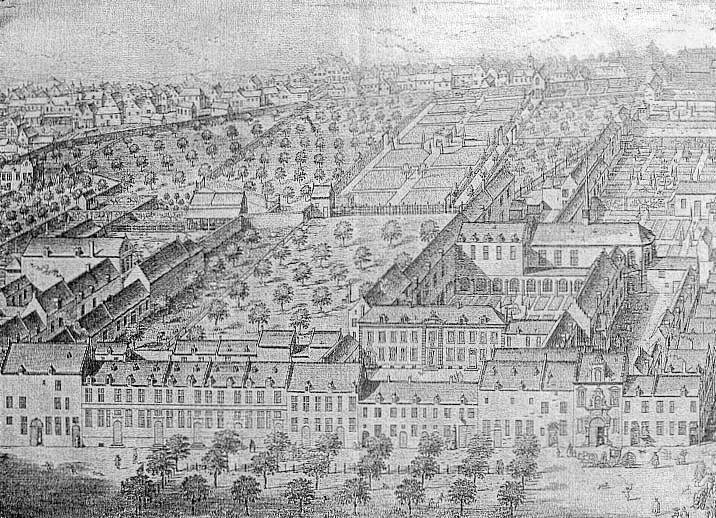
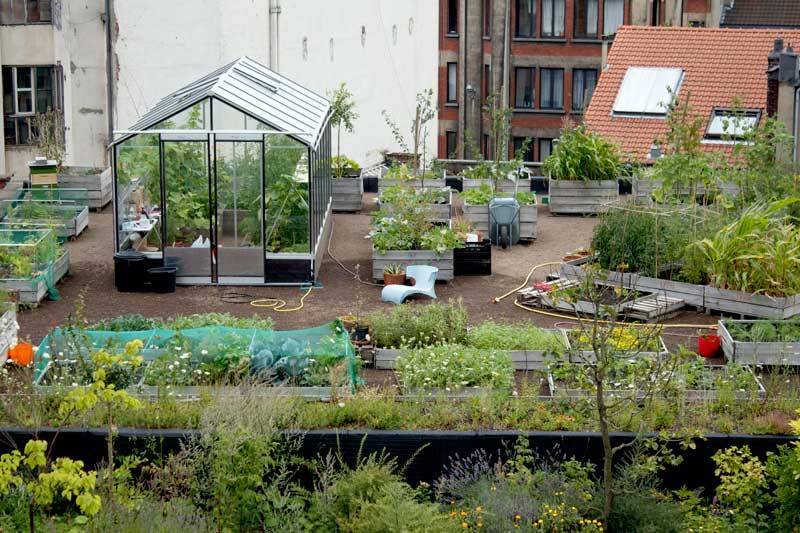
Saint Catherine square in the center of Brussels, 14th century monastery gardens and today’s parking lot rooftops

Rosmarinus officinalis – rosemary; Thymus vulgaris – thyme; Eucalyptus gunnii – eucalyptus; Agastache foeniculum – agastache; Salvia officinalis – sage; Origanum vulgare – oregano; Mentha piperita – peppermint; Hyssopus officinalis – hysop; Satureja montana – savory; Matricaria chamomilla – chamomile; Viola tricolor – heartsease; … (read more…)

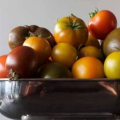
further reading: how to preserve tomatoes? Preservation of vegetables in oil and vinegar: It is now a relatively common practice to bottle vegetables and herbs and spices in either oil, vinegar or a mixture of both. … (read more…)

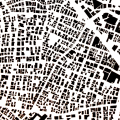

Companion planting is used by farmers and gardeners for many reasons. For farmers using an integrated pest management system, increased yield and/or reduction of pesticides is the goal.For gardeners, the combinations of plants also make for a more varied, attractive vegetable garden, as well as allowing more productive use of space. … (read more…)

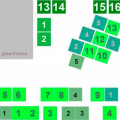
The construction workers next doors help us to bring up soil and other materials with their crane. When the basic outline is nearly ready and the hardest work is done, … (read more…)

These gardening situations serve especially to look into microsociological and ecological systems related to time as starting points for the development of new artistic practices. The OpenGreens allow us to study the implementation of contemporary art in an ecological context and to observe and draw content from eco-data and natural patterns and processes.
Using media technology and electronics as research tools in these shared laboratories, data from various ecosystems are collected over a period of time. … (read more…)
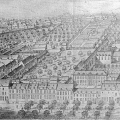
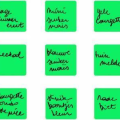
In februari 2012 we put a complementary order of: 12 x 1m3 teelaarde (from which 5m3 will be prepared in 10 bigbags … (read more…)
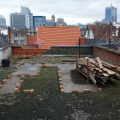
December 2011 I made the first designs for the creation of an Urban ArtFarm.
The Urban ArtFarm (2012) is an extension of the existing edible rooftop garden (2009). The 2 intensive rooftopgardens are situated on top of adjacent parking lots and are physically connected. The edible rooftop garden is specialised in mediterrean and medicinal plants, herbs and flowers – all with an important nectar/pollen value. … (read more…)
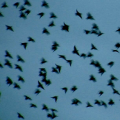
Checklist: local climate regulation; air and water cleansing; water supply and regulation … (read more…)
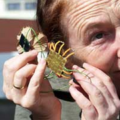
We monitor and extract data from natural processes both on a micro garden level as on a macro city level and make the data available online in realtime with open wireless citynetworks. … (read more…)